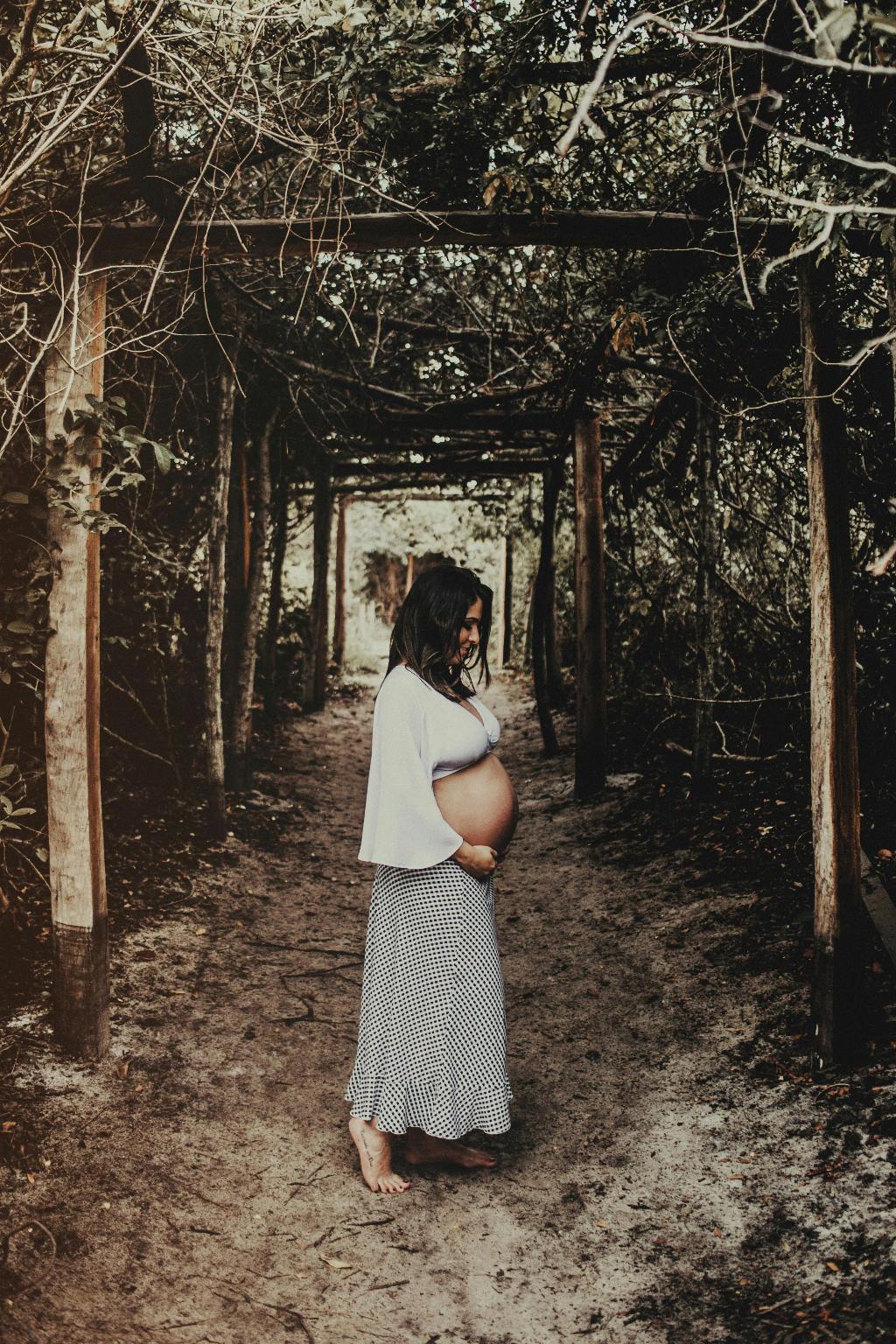Cholestasis in pregnancy, also known as intrahepatic cholestasis of pregnancy (ICP), is a liver condition that can occur during pregnancy, leading to potential complications for both the mother and the baby. One of the key symptoms of cholestasis is intense itching, also known as pruritus, which can be particularly distressing for expectant mothers.
Timing of Cholestasis Onset
Typically, cholestasis presents itself in the late second trimester to the early third trimester of pregnancy. The onset of symptoms, particularly intense pruritus, often occurs after the 30th week of pregnancy. This means that women in the later stages of pregnancy should be particularly vigilant for any signs of cholestasis developing.
Symptoms of Cholestasis
One of the primary complaints associated with cholestasis in pregnancy is generalized intense itching, which can be quite debilitating for the expectant mother. This itching is not limited to one specific area but can occur all over the body. Moreover, the pruritus may be more pronounced on the palms and soles, with individuals often experiencing worsening symptoms at night.
Impact on Quality of Life
The presence of cholestasis can significantly impact the quality of life of pregnant individuals. The relentless itching can lead to sleep disturbances, increased stress, and a general feeling of discomfort. Managing these symptoms effectively is crucial for the well-being of both the mother and the developing baby.
Seeking Medical Advice
If you suspect that you may be experiencing symptoms of cholestasis, it is vital to seek medical advice promptly. Your healthcare provider can conduct tests to confirm the diagnosis and provide guidance on managing the condition to minimize potential risks.
Risks and Complications
Cholestasis in pregnancy is not just about the itching; it can also have serious implications for both the mother and the baby. The condition is associated with an increased risk of preterm birth, fetal distress, and stillbirth, making it essential to monitor and address cholestasis promptly.
Medical Management
Once diagnosed with cholestasis, your healthcare provider may recommend various treatment strategies to alleviate symptoms and reduce potential risks. These may include medication to help relieve itching, monitoring fetal well-being, and potentially inducing labor early to prevent complications.
Importance of Monitoring
Regular monitoring is crucial for individuals with cholestasis in pregnancy. This may involve frequent check-ups, blood tests to assess liver function, and monitoring the baby’s growth and well-being through ultrasound scans. Close observation can help detect any changes early and guide appropriate interventions.
Self-Care Strategies
While medical management is essential, there are also self-care strategies that can help individuals cope with the challenges of cholestasis. This may include wearing loose, breathable clothing, avoiding hot showers that can exacerbate itching, and seeking emotional support to navigate the impact of the condition.
Support System
Living with cholestasis in pregnancy can be emotionally taxing, and having a robust support system in place is crucial. Whether it’s leaning on family and friends for assistance, joining online communities with shared experiences, or seeking counseling, finding support can make a significant difference in managing the condition.
Conclusion
In conclusion, cholestasis in pregnancy typically starts in the late second trimester to the early third trimester, with intense itching being a hallmark symptom that often manifests after the 30th week of pregnancy. Early detection, close monitoring, medical intervention, and self-care strategies are essential components in managing the condition effectively to ensure the well-being of both the mother and the baby.

